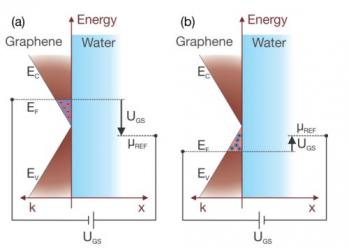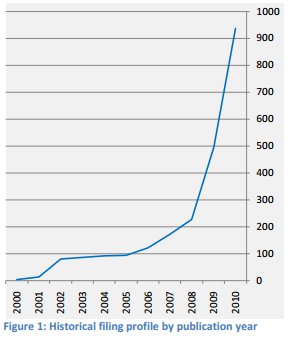Grafen Chemical Industries to use Angstron Materials' graphene for polymer EMI applications

 Turkey's Grafen Chemical Industries has selected Angstron Materials to supply them with graphene materails for a polymer nanocomposite application for electromagnetic shielding material.
Turkey's Grafen Chemical Industries has selected Angstron Materials to supply them with graphene materails for a polymer nanocomposite application for electromagnetic shielding material.
Grafen will buy both pristine and oxidized graphene products from Angstron and plans to commercialize the EMI product for full-scale production.





